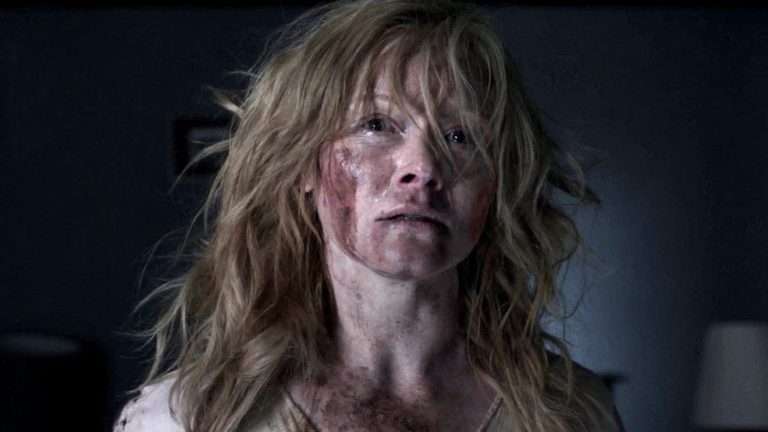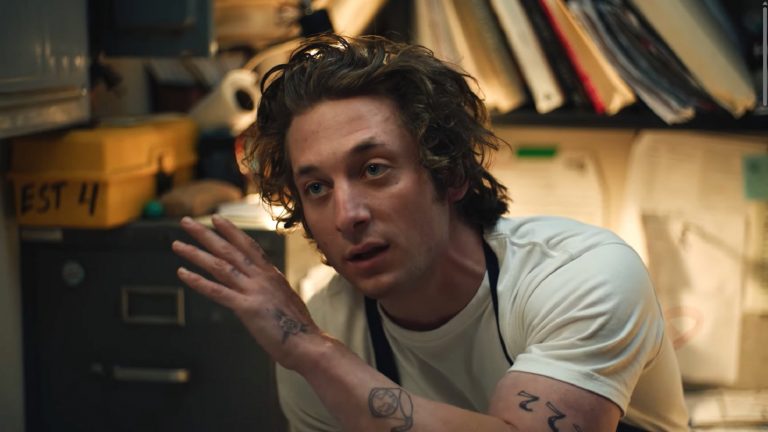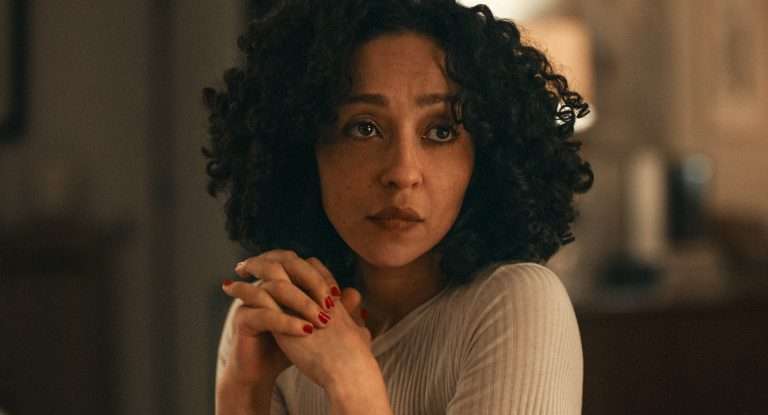This article contains spoilers.
Don’t Die: The Man Who Wants to Live Forever (2025) Documentary Plot Summary & Movie Synopsis:
The documentary opens with Bryan Johnson saying that a genius can hit a target no one else can see. With that, Bryan asks what that genius target is in the 21st century. According to Bryan, the answer is to stop self-destructive behavior and neutralize aging. Generally, an ordinary man believes aging and death are the natural course of life. However, Bryan thinks otherwise. The reason Bryan started this journey of anti-aging is that, earlier in life, Bryan was marching into an early grave. Subsequently, Bryan has built an algorithm that takes care of him. News reports about Bryan emerged as he managed to slow down his aging and reverse his age by 5 years. This project is called ‘Project Blueprint.’
What does Bryan’s everyday routine look like?
While many people looked at Bryan and his journey with curiosity, many others jumped in to criticize Bryan. Many people thought millions of dollars could be spent living the life he has instead of being stuck in a routine attempting to reverse aging and not living at all. The end goal for Bryan is for humanity to reach a place where they can defeat death. Everything that Bryan does in a day is measured to see what is working and what isn’t. The person Bryan is working with is a longevity consultant, Dr. Oliver Zolman.
When Bryan and Oliver met for the first time, whatever Bryan was doing was not working optimally for him. So Oliver, after years of research, had developed longevity protocol levels 1, 2, and 3. In level 1, there are fundamental changes like diet and exercise. Every new level brings in more sophistication in terms of therapy and routine.
Bryan Johnson’s daily blueprint for defying aging
Understanding human aging needs to be viewed from an organ level as each organ ages differently. On any particular day, Bryan has a set routine. The first thing in the morning, Bryan turns on a specific light to give sun-like exposure. After that, Bryan takes three pills and takes body temperature with an inner ear measurement. Next, Bryan starts an HRV therapy, which is done by putting an electrode in his ear, stimulating Bryan’s nervous system. After that, Bryan takes 54 pills with a concoction.
Next, Bryan puts a cap on his head for hair growth with 312 laser diodes. After that, Bryan works out for an hour and eats a few pounds of vegetables. Later, Bryan does a high-frequency electromagnetic simulation on his abdomen. Then, 12-minute red light therapy followed by audio therapy for hearing regeneration. The last meals are to be had before 11 am, and there are 34 more pills to take. Then, it all ends with a nighttime routine.
How did Bryan and Blueprint get noticed by the world?
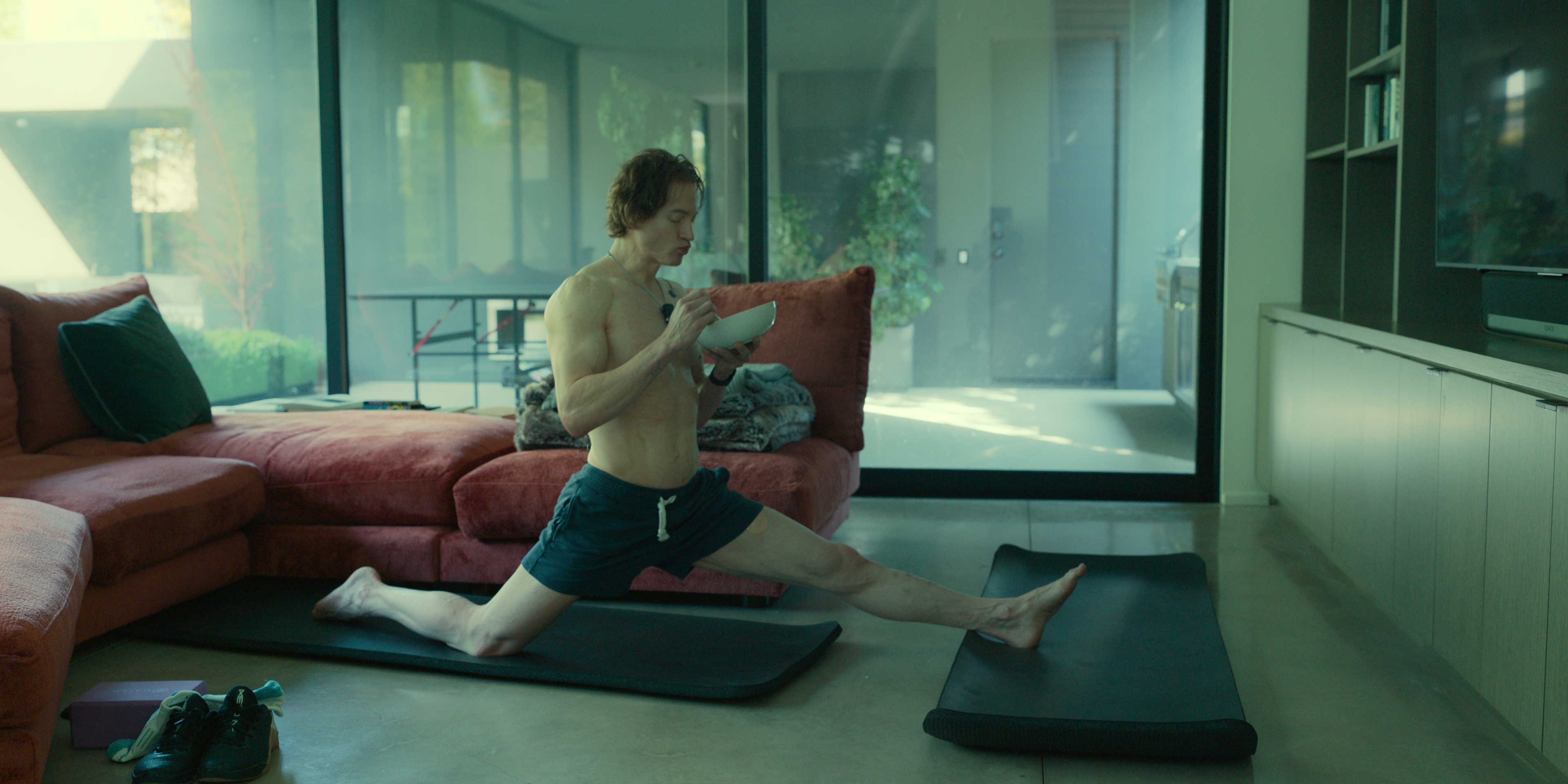
After doing the project blueprint for two years, Bryan has managed to reverse his age by 5.1 years, has 50 perfect biomarkers, 100 biomarkers with less than Bryan’s biological age, and the speed of aging is at 0.69, which means for every 12 months, Bryan ages 8 months. All Bryan wants to do is to take the speed of aging to the lowest possible number.
From the beginning of the blueprint project, Kate Tolo (Chief Marketing Officer) has been with Bryan. With Kate’s help, Bryan wants to educate people about the blueprint so everyone can learn from it and make changes to their lives. Initially, nothing worked from a marketing standpoint, so Kate proposed revealing Bryan’s biometric data online. Once that happened, a journalist named Ashlee Vance contacted Bryan to do a profile on Blueprint.
Once Ashlee published an article about the blueprint and Bryan, Bryan came into the spotlight, and every news organization talked about him. A scientist named Dr. Andrew Steele and Professor of Pathology, Dr. Matt Kaeberlein both believe in this field of anti-aging. Professor of Biochemistry and Physiology, Dr. Brian Kennedy says the anti-aging technique is already seen in mouse trials, meaning many clinical trials must occur on humans to make this work. In his personal life, Bryan split with his partner. One of his kids, Talmage Johnson, has come to stay with Bryan for the last year of high school.
What incident helped Talmage and Bryan bond?
In 150 days, Talmage will be leaving for college, which saddens Bryan. In one interview, Bryan explains that our minds, which we credit for doing a lot of problem-solving, are the root cause of creating self-destructive behavior. So Bryan says the mind is dead. This statement goes viral, making people look at Bryan with skepticism.
However, Bryan looks at this backlash and says people’s minds are in panic mode, hence the backlash. According to Ellen Huff (Bryan’s mother), Bryan has been a problem solver ever since he was a child. Unfortunately, Bryan’s family is not well off. One day, Bryan took a job in a sandwich shop. Soon, Bryan started some businesses that didn’t go well until his new venture, Braintree. During this time, Bryan realized he was practically killing himself with ridiculous lifestyle choices. The stress started to affect Bryan’s relationship with his family as well.
One big reason why Bryan’s relationship with his family went sour was because Bryan decided to leave the church. In Mormonism, the church is an integral part of the religion, and Bryan chose to leave. A young Talmage believed in the teachings of the church, but once Talmage moved to California, many questions started to arise. At this point, Talmage began to bond with his father. Eventually, Talmage left the church as well.
In the next step of the blueprint, Bryan starts to inject a human growth hormone. However, Dr. Oliver understands that some therapies can be dangerous. Bryan’s body is monitored throughout the day so any side effects can be diagnosed easily. As the prototype for the blueprint, Bryan does the most extreme therapies to show what is possible in science.
How did plasma therapy help Richard, Bryan, and Talmage?
One of the drugs that Bryan uses is called rapamycin. This drug brought divided opinions in the scientific community. One of these people is Dr. Andrew, who says that since Bryan is on so many drugs, it becomes impossible to pinpoint what is working in the anti-aging process and what isn’t. Many scientists believe a clinical trial needs to be held with thousands of humans participating to know if a drug is working. Once Bryan’s products were sold out, Bryan received backlash as people started to believe this whole ordeal was a business and nothing more. However, journalist Ashlee does not believe this to have been Bryan’s master plan.
One day, Richard (Bryan’s father) reaches out to Bryan, expressing that Richard is ready to do anything to maintain his mental acuity. At that time, Bryan suggested doing a plasma exchange. So Bryan asks Talmage if he is willing to donate his plasma to him, and Bryan will give it to Richard. Plasma exchange is used for Alzheimer’s and Parkinson’s. This activity brought Richard, Bryan, and Talmage closer to each other. When it comes to relationships, Bryan has had bad luck as his marriage ended in a divorce. In the next relationship, the woman threatened to file a lawsuit against Bryan. Sadly, the papers got leaked, painting Bryan in a negative light.
Don’t Die: The Man Who Wants to Live Forever (2025) Documentary Explained:
Can Science Lead Bryan Johnson to Immortality?
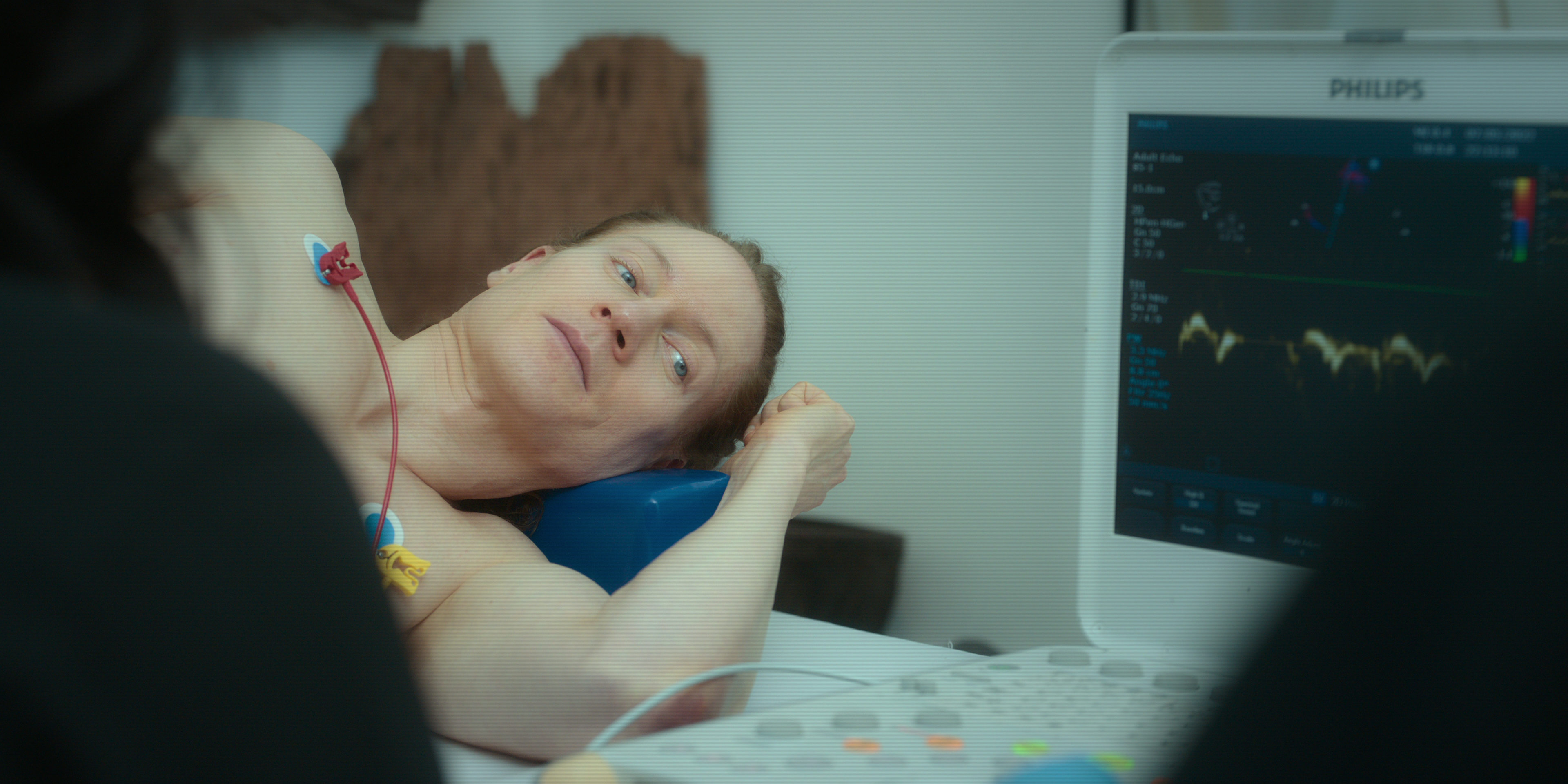
The only person Bryan feels closest to is Talmage. When Bryan and Talmage go shopping since Talmage is leaving for college, Bryan breaks down because he will miss his son. In the next phase of the blueprint, Bryan takes gene therapy, which is known to be risky. After two years of research, Bryan has decided where and which gene therapy to opt for, which has minimal risks. To receive the treatment, Bryan travels to Roatan, Honduras. In Honduras, Bryan gets his first injection dose. During this time, Bryan addresses the concerns people had about affordability. So Bryan explains that if more people do the trials and undergo therapy, the costs will eventually go down.
In one conversation, Talmage is seen calling what Bryan is doing to be a cult-like scenario. One member of the scientific community, Dr. Brian, recalls an incident. Doctors in the US are paid for procedures, and when Dr. Brian was working in The Buck researching aging, a large hospital chain wanted to donate. Still, the CEO told Dr. Brian that if the funding goes to this project and it works, the procedure costs will be cut by 60%. So, the CEO did not want to invest in this project. Four months later, Bryan goes on his fourth hike with people, following his blueprint journey. Eventually, Bryan finds his group among his followers and is happier than ever.
Should Humanity Pursue Immortality or Embrace the Beauty of a Finite Life?
Six months after follistatin gene therapy, Bryan’s muscle mass increased by 7%. In February 2024, Bryan returned to Honduras for the second round of treatments. As of November 2024, Bryan’s aging pace has dropped to 0.64, which is Bryan’s personal best. The essence of Bryan’s story is to improve life as we live it and, if possible, extend life expectancy through scientific technology. Every day, people converse about immortality as a fantasy concept, but Bryan and the scientific community are hoping to make it a reality.
A key takeaway for those who don’t have millions of dollars to spend on clinical trials to extend one’s life is to realize our self-destructive behaviors and change them to add more years to our mortality. Anti-aging and humans achieving immortality are at the natal stage as far as science goes. Still, the hope is that this will be as real as anesthesia or an antibiotic in the future. The documentary will surely open up conversations, and with that, here’s a question- What is your stand as a reader? Is it a good idea to develop anti-aging technology or live life fully in our limited time?

